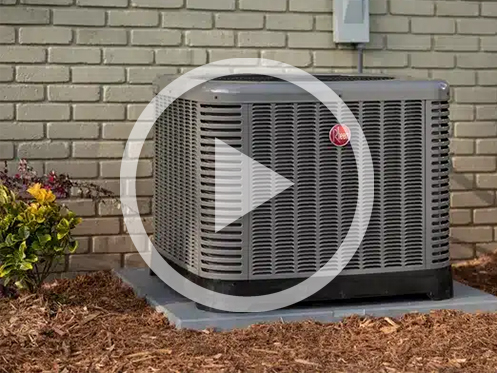
For many homeowners, dealing with a gas water heater that suddenly stops working can be a daunting experience. However, in many cases, the issue may be as simple as a pilot light that has gone out. This guide, based on the video tutorial from Golden Rule, will walk you through the safe steps to relight your gas water heater’s pilot light using a piezo ignitor.
Why Your Water Heater’s Pilot Light Might Go Out
A pilot light can go out for several reasons, including changes in gas pressure, a draft in the room, or a temporary malfunction in the heater. Before calling a professional, it’s worth trying to relight it yourself if you have a newer water heater model equipped with a piezo ignitor. This built-in ignitor allows you to relight the pilot without needing a match or lighter, making the process much safer and more straightforward.
Step 1: Prioritize Safety First
Safety is the number one priority when working with gas appliances. Before you begin, it’s essential to take some precautionary steps:
- Turn off the gas valve to stop the flow of gas.
- Wait a few minutes to let any residual gas clear from the area. This step is crucial because a buildup of gas can be dangerous when ignited.
- Smell for gas—if you detect a gas odor at any point, stop immediately. Do not attempt to relight the pilot and call a professional technician to handle the situation safely.
Taking these precautions helps to ensure a safe environment for relighting the pilot.
Step 2: Locate the Pilot Light and Gas Control Valve
Once you’ve confirmed it’s safe to proceed, locate the pilot light and gas control valve on your water heater. Both of these should be near the bottom of the unit:
- The pilot light is usually visible through a small window or panel.
- The gas control valve will have a button labeled “Pilot” and a piezo ignitor button, which is usually red or orange. This ignitor button will be your key to lighting the pilot without an open flame.
Step 3: Set the Gas Control Valve to “Pilot”
To proceed with relighting, you’ll need to adjust the gas control valve:
- Turn the gas control valve to the “Pilot” position. This setting limits gas flow to only the pilot light, allowing you to safely relight it without gas flowing to the main burner.
- Hold down the pilot control button while keeping it in this position. This action starts the flow of gas specifically to the pilot light.
This setup ensures you are not sending excess gas into the unit, preventing any risk of a larger flame igniting unexpectedly.
Step 4: Use the Piezo Ignitor to Relight the Pilot
Now that you’ve set up the gas control valve, it’s time to use the piezo ignitor:
- Press the piezo ignitor button while holding down the pilot control button. This action generates a small electric spark, igniting the gas at the pilot light.
- You may need to press the ignitor button a couple of times before you hear a click and see the pilot light ignite. Patience is key, as it might take a few tries.
Continue holding the pilot control button for about 30 seconds after ignition to ensure the pilot light remains steady.
Step 5: Turn the Gas Back On
Once the pilot light is stable and has been burning for 30 seconds:
- Release the pilot control button and observe the flame to confirm it stays lit.
- Turn the gas control valve back to the “On” position. This action allows gas to flow to the burner, and your water heater should begin operating as normal.
If the pilot light does not stay lit, or if you encounter any difficulties, it may be a sign of a more significant issue, and you should consider consulting a professional.
Step 6: Verify the Water Heater is Heating
After completing these steps, your water heater should begin heating the water in the tank. Check the temperature settings on the control panel and adjust them to your desired level if necessary. In a few minutes, you should notice warm water available at your taps, signaling that the heater is back in operation.
When to Call a Professional
While relighting a pilot light can be a straightforward DIY task, there are times when it’s best to call in a professional:
- If you detect a persistent gas smell even after turning off the gas, it could indicate a leak that needs immediate attention.
- If the pilot light does not stay lit or frequently goes out, this may indicate an issue with the thermocouple or gas valve, which requires professional servicing.
- For older water heaters without a piezo ignitor, the relighting process involves an open flame, which can be riskier without experience.
Conclusion
Relighting the pilot light on your gas water heater is a relatively easy process with the right instructions. This task can save you from an icy shower and help you feel more empowered as a homeowner. However, safety should always come first—if you’re unsure or feel uncomfortable, it’s wise to call a professional.
Taking control of minor home maintenance like this is part of keeping your household running smoothly. By following these steps, you can enjoy the satisfaction of troubleshooting your water heater and restoring hot water quickly and safely. For more tips and guidance on home maintenance, remember to check out additional resources from Golden Rule, and don’t hesitate to reach out to professionals when needed.


Ruud R962V Endeavor Line Achiever Plus Series Gas Furnace: The Ideal Choice for Salt Lake City Homes


